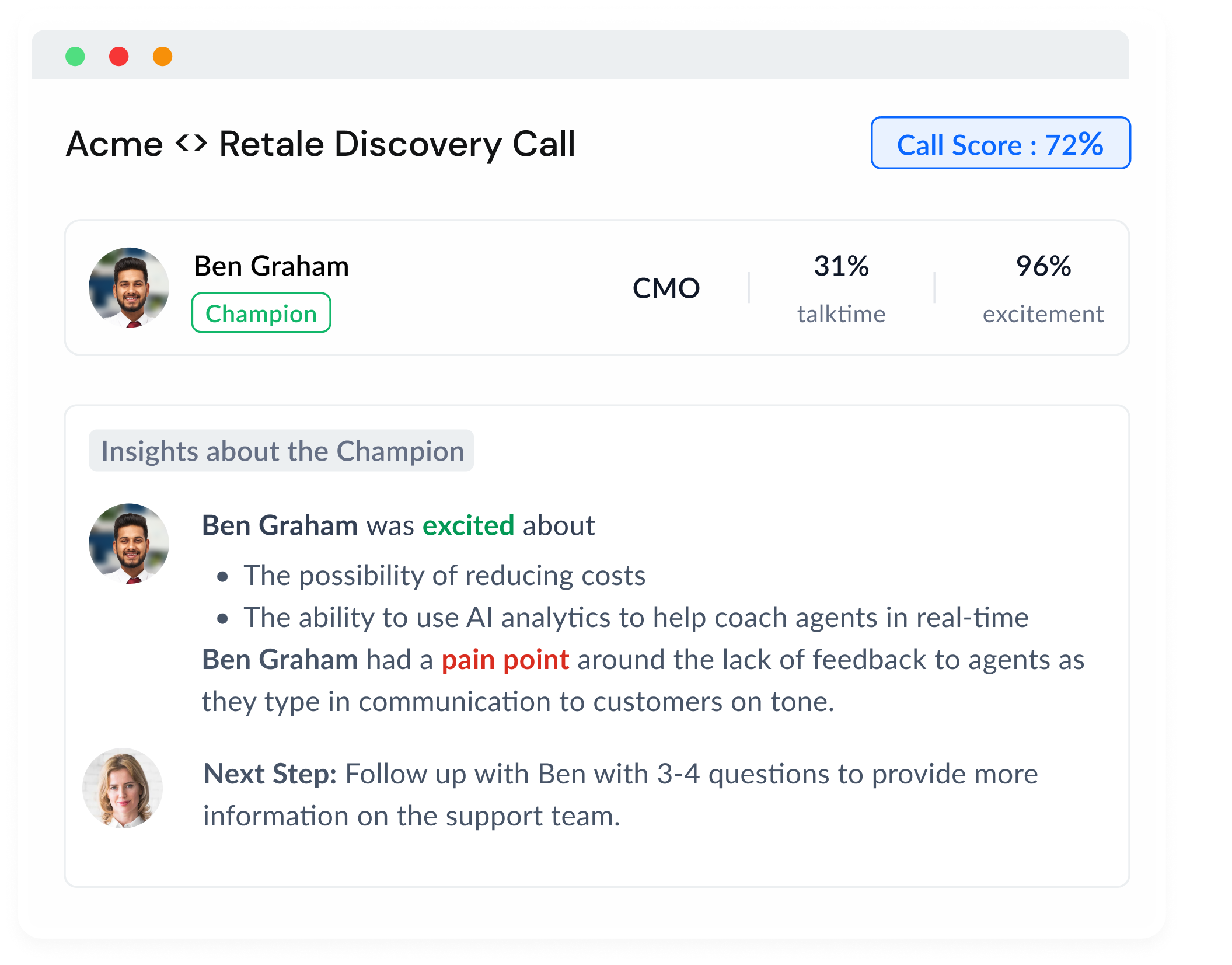Introduction
Ah, product update emails. We've all received them, and let's be honest, most of them end up in the trash faster than you can say, "Not another one!" But what if I told you there's a way to write product update emails that not only get opened but also read and acted upon? And what if this method involves a sprinkle of AI magic from ChatGPT? Intrigued? Buckle up, because you're in for a ride!
What is ChatGPT?
In case you've been living under a rock (or just really focused on your product updates), ChatGPT is an advanced language model developed by OpenAI. This AI-powered writing assistant can generate human-like text based on the prompts it's given. It's like having Shakespeare in your pocket, ready to whip out a sonnet—or a product update email—at your command. But don't worry, it won't throw in "thee" and "thou" unless you ask it to. You can learn more about it here.
Why Use AI for Writing Product Update Emails?
"But I've been writing emails just fine without AI!" you might say. Sure, but hear me out. AI, especially something as advanced as ChatGPT, offers benefits that can supercharge your email game.
First, there's the time-saving aspect. ChatGPT can generate a draft email in a jiffy, letting you focus more on refining the message than constructing it. Second, it's all about consistency. AI doesn't have off days or mood swings (well, not yet, at least). It will provide a consistent quality of writing every time. Finally, scalability. If you need to send out a hundred personalized emails, ChatGPT won't break a sweat. Can you say the same about yourself?
How Does ChatGPT Write Emails?
Great, now we're getting to the good stuff. Here's how it works: You feed ChatGPT an input prompt—essentially a brief instruction or guidance on what you want—and it generates text based on that prompt. It's like telling a cook what ingredients you have and letting them whip up a meal. The trick lies in giving the right instructions to get the result you want.
And no, it's not like ordering a robot around (sorry to disappoint, sci-fi fans). It's more like a creative collaboration. You provide the spark, and ChatGPT fans it into a flame. Or in our case, you provide the need for a product update email, and ChatGPT provides the draft.
Crafting Your Input Prompt
Alright, now that we're all aboard the ChatGPT hype train, it's time to get down to business. The first step in crafting a product update email with ChatGPT is creating your input prompt. This is where you instruct the AI on what you want. Be clear and specific. If you want a humorous tone, mention it. If you're targeting a particular customer persona, include that information.
For example, here's a simple input prompt for a product update email:
"ChatGPT, please draft a product update email announcing our new feature, 'Instant Analytics'. The tone should be professional yet friendly, and it's going out to our existing SaaS customers."
Seems simple enough, right? But remember, the more relevant information you provide, the better the output will be. So don't skimp on the details!
Here’s how I started my prompt for a product update email:
As you can see, I start with giving ChatGPT a role (“you are a product marketer at Sybill”), and follow that up with a brief background of the company and its product.
We call this part the knowledge.
A Brief Detour: ChatGPT Prompt Structures
When you prompt a large language model like ChatGPT, there are a few key pieces of information that you need to provide it.
Instructions
Instructions are arguably the most obvious part of prompting. It is when you simply say, “do X”, where X is the action you want it to do.
For example, the following part of a prompt: “Please write me an email to update our users about the latest feature release” is an instruction.
Knowledge
This is the part where you supply ChatGPT with background information that can help it execute the instruction for you. For example,
“You are a CEO of a seed-stage startup that is building a new way of doing email. Our strength is in having the strongest spam filters and AI-powered email generation features.”
In this case, the prompt gives ChatGPT knowledge about its role (to set the tone and the point of view), as well as knowledge about the product or challenge that it needs in order to properly execute.
Examples
This part of the prompt helps ChatGPT understand the form of output, as well as the kind of reasoning that’s expected. Examples help it learn on the fly as to what is expected.
Think of it like this - if you have a new product marketing intern in your company who you want to help you with writing product update emails, what would you do? You would provide them examples of previous product update emails that the company has sent to give them a flavor of the type of emails that the company sends, the voice that it uses, and the formatting as well as the depth that it covers. A document that describes the above would help, but examples would really drive the point home and speed up learning.
Crafting Your Input Prompt [Continued]
Here’s the beginning of the prompt that I used to share an example of a previous product update email with ChatGPT.
Now, it’s about putting everything together - the knowledge, the example, and the instruction.
The Full Prompt Template That I Use for Generating Product Update Emails
Here’s the full prompt template that I use:
You are a product marketer at [company name]. It's an [describe the product and the company in 2-3 lines]. The task is to create a product update email (this will be the 23rd product update email).
In this update email, tell our users about our latest changes. Now,
1. [first major update]
2. [second update]
3. [...more updates]
Please keep it brief - about 50-75 words each in 2 or 3 sections, with their own headline. Closely follow the structure of this email (this is the previous product update email):
Hello Sybillians!
[paste the text of the previous product update email here].
Please include image/product screenshot suggestions wherever relevant. Please add a line at the end that encourages users to visit the product to see all the new changes in action and to follow us on LinkedIn.
Review and Refine the Draft
So, you've got your first draft. Congrats! But remember, ChatGPT is an assistant, not a replacement for your keen human eye. Review the draft for any necessary changes or tweaks.
Maybe you want to add a bit more personality, or perhaps there's a special offer you forgot to include in the prompt. Don't be afraid to make the output your own—ChatGPT won't take it personally.
Best Practices for Refining Your Product Update Email
Now that you have your draft email, let's discuss some best practices to make it truly shine. Keep these tips in mind as you revise your email and make it engaging for your customers.
- Keep it concise: Nobody wants to read a novel-length product update email. Stick to the essentials and keep it short. Highlight the key benefits of the new feature or update, and make it easy for your customers to digest.
- Personalize: Address your customers by their name and use language that resonates with your target audience. Personalization can go a long way in making your email feel less like a mass update and more like a one-on-one conversation.
- Clear call-to-action (CTA): What do you want your customers to do after reading your email? Whether it's trying out the new feature or attending a webinar, make sure your CTA is clear, prominent, and easy to follow.
- Visuals: Enhance your email with relevant images or GIFs that showcase the new feature or update. Visuals can make your email more engaging and help customers understand the benefits of your update.
- Test and optimize: Before hitting 'send' on your final draft, test your email on different devices and email clients to ensure it looks great everywhere. Keep track of open and click-through rates, and use that data to optimize your future product update emails.
Wrapping Up
And there you have it—a step-by-step guide to writing a product update email using ChatGPT. With AI by your side, you'll be crafting engaging, effective emails in no time.
Remember, the secret sauce to a great product update email is combining the power of AI with your own human touch. Review and refine the AI-generated content to ensure it aligns with your brand voice and customer needs.
Now go forth and create some amazing product update emails using ChatGPT! And if you're looking for more ways to revolutionize your sales process with AI, check out our blogs on generative AI tools for sales and conversation intelligence.















.png)




